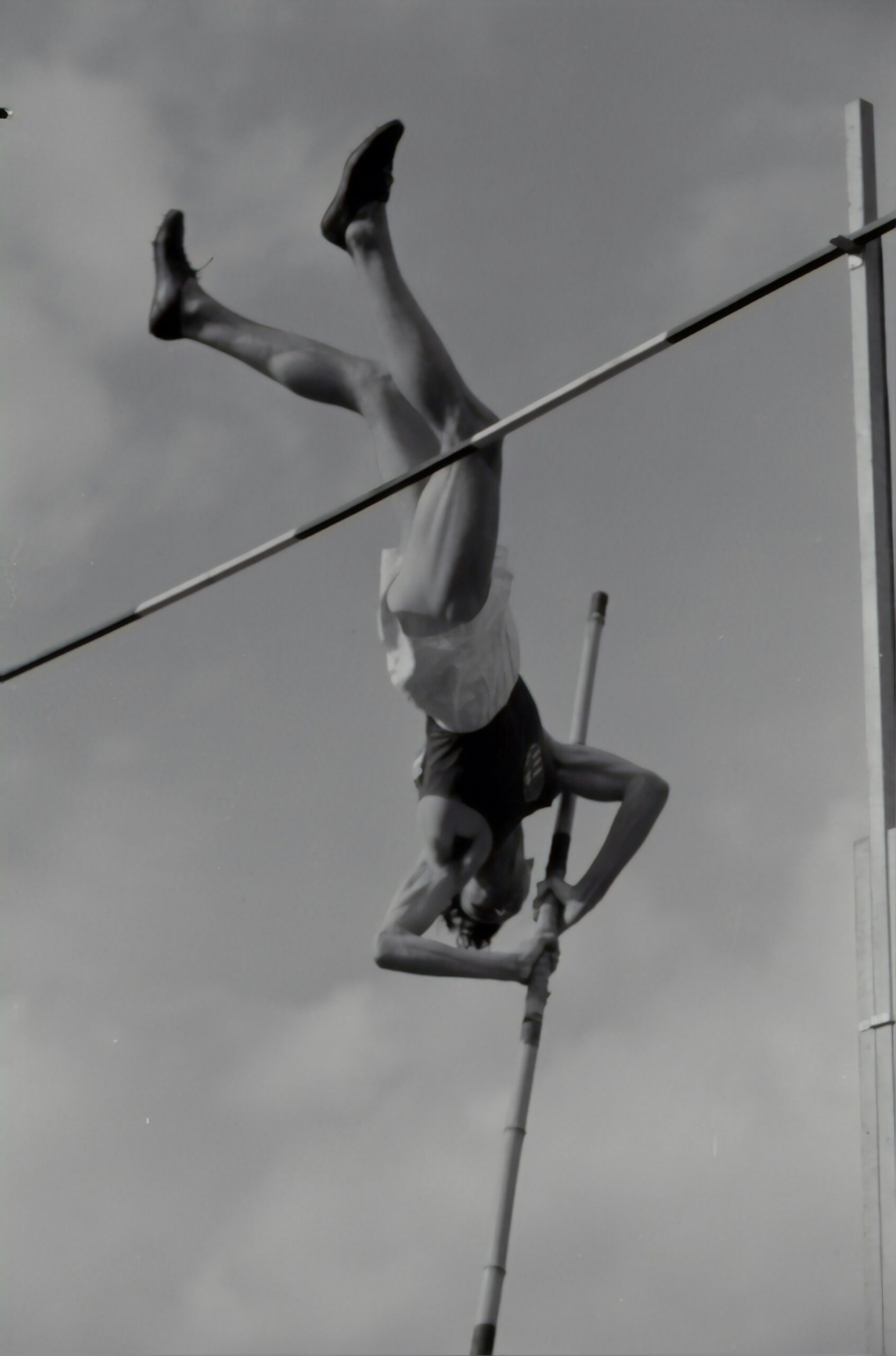Fan Culture Evolution: Social Media’s Influence on Sports Fandom Today
So, picture this: It’s a chilly Sunday afternoon, and I’m snuggled up on my couch, a steaming mug of coffee in hand (or maybe it was hot cocoa… who’s judging?). The game is on, and my phone is buzzing like crazy. I glance down just in time to catch a tweet from my favorite player, and I can’t help but feel a little thrill. It’s a simple “Let’s go, team!” but it hits differently. I’m not just a spectator; I’m part of this huge, buzzing community that’s sharing the highs and lows of the game, one tweet at a time. This, my friends, is the essence of modern sports fandom—a complete evolution, thanks largely to social media.
The Shift from Stadiums to Screens
Let’s rewind a bit—like, way back to when being a sports fan meant donning your team colors and heading to the stadium to experience the electric atmosphere with thousands of other fans. You’d cheer, groan, and maybe even throw your nachos in frustration (who hasn’t?). But as social media started to rise, this dynamic began to shift. I mean, I love a good live game as much as anyone, but sometimes the thought of traffic, overpriced snacks, and that one guy who screams too loudly right in my ear can be a bit much.
Now, with platforms like Twitter, Instagram, and TikTok, fans can connect and engage in ways that were unimaginable a couple of decades ago. You can watch the game live on your couch, respond to play-by-play commentary, and even share your thoughts on that questionable call by the referee—all in real time. It’s like being in the stadium without the hassle (or the nacho-induced chaos). And let’s be honest, who doesn’t love a good meme about a player’s epic fail circulating just minutes after it happens?
Connecting with the Players
One of the most exciting developments in fan culture is the direct access we now have to athletes. I remember when my favorite basketball player (let’s call him “Mr. Incredible”) would only show up in the newspapers or on the occasional TV interview. If you wanted to know what he was thinking, you had to wait for the post-game press conference—yawn, right? But now? Now, he tweets about his post-game meal or shares a behind-the-scenes look at his training. That personal touch makes him feel more relatable, almost like a friend who just happens to be a world-class athlete.
And it’s not just the stars. Even lesser-known players are using social media to build their brands. I mean, I’ve come across countless up-and-coming athletes who share their journeys, struggles, and victories through posts and videos. It’s refreshing to see the human side of sports, rather than just the polished image we often see on the field or court. It’s like we’re all in this together, sharing a sense of community that transcends geographical boundaries. (I mean, how cool is it to bond over sports with someone halfway across the world?)
The Power of Community
Speaking of community, let’s not overlook the incredible online fan clubs and groups that have popped up like mushrooms after a rainstorm. Seriously, there’s a Facebook group for just about every team and player out there. I once joined a group dedicated to my favorite soccer team, and what started as a casual browse turned into hours of discussion about strategy, player stats, and even the latest transfer rumors. It’s like sitting around a virtual water cooler with fellow die-hard fans (without the awkward small talk). And the best part? You get to meet people from all walks of life who share that same passion.
But, as any seasoned fan will tell you, with great power comes great responsibility (thanks, Uncle Ben). While online communities can be a source of positivity and support, they can also become toxic. Have you ever ventured into the comment section of a sports post? Yikes! It can be like stepping into a gladiator arena. Fans become keyboard warriors, fueled by passion (and sometimes a bit too much caffeine), and the discussions can quickly spiral out of control. I mean, I’ve seen friendships end over debates about whether a player is “overrated.” So, finding the right balance in fan culture is crucial.
Memes and Moments: Humor in Fandom
Now, let’s talk about memes. Oh boy, do I love memes. They’ve become the modern-day equivalent of a sports highlight reel, but with a twist of humor. Remember that one time a player tripped over his own feet? The internet exploded with memes, turning his epic fail into a viral sensation. It’s a way for fans to laugh together, even when things aren’t going well for their team. And honestly, sometimes all you can do is laugh. (I mean, have you ever tried to convince your buddy that their team is going to win when they have a 0-10 record? Good luck with that…)
Social media has turned fandom into a creative outlet. Fans are no longer just passive observers; they’re active participants in shaping the narrative around their teams. You’ve got TikTok dances celebrating game-winning moments, Instagram stories capturing the energy of tailgating, and Twitter threads dissecting every single play. It’s a beautiful chaos that reflects our culture today—where sharing experiences and humor can create connections that feel meaningful.
The Role of Influencers
And I can’t write about this without mentioning the rise of influencers in the sports realm. You’ve got sports commentators, former players, and enthusiastic fans all capitalizing on their social media platforms to share insights, predictions, and hot takes. Some of them even have larger followings than actual sports networks! (Talk about a power shift.) They’ve become the new face of fan culture, often blending entertainment with analysis. But it’s a double-edged sword. While they can provide fresh perspectives, they can also add to the noise and misinformation. You know, like that one friend who always insists on giving you the “real story” about a game, even when they didn’t actually watch it.
Social Media’s Double-Edged Sword
While we’re diving into the good, we can’t ignore the pitfalls of this new fandom landscape. With everything being online, the pressure on players can be immense. I’ve seen athletes subjected to harsh criticism after a single game, which is just bonkers. I mean, imagine working your butt off and then getting torn apart by strangers on the internet? It’s a tough pill to swallow. The mental health aspect is becoming increasingly prevalent in discussions about sports. There’s a growing movement advocating for empathy and understanding—because at the end of the day, these players are humans too.
Moreover, social media can amplify the negativity surrounding rivalries. I’ve seen some truly entertaining banter between fans, but then it can quickly turn hostile and aggressive. It’s fascinating how passionate fans can get about their teams, but it’s also a reminder that there’s a line between spirited rivalry and outright hostility. (I mean, I’m all for friendly competition, but do we really need to threaten someone over a game?)
Looking to the Future
So, what does the future hold for sports fandom? Honestly, I think it’s going to get even wilder. With the rise of virtual reality and augmented reality, we might be able to experience games in entirely new ways—like being in the front row of the stadium without leaving our living rooms. Imagine the possibilities! The technology is advancing rapidly, and as fans, we’re bound to benefit from these innovations.
Moreover, as society continues to evolve, so will our interactions with sports. I’ve noticed a growing trend of inclusivity in sports fandom, where diverse voices are being amplified, and everyone feels welcome. Whether you’re a lifelong fan or just getting into a sport, the sense of belonging that social media fosters is a beautiful thing. It’s a reminder that, at the end of the day, we’re all just here to enjoy the game together.
And let’s not forget the good old-fashioned rivalries. I mean, nothing will ever truly replace the thrill of a heated game day atmosphere—where the air is thick with anticipation, and fans are decked out in their team colors. But social media is enhancing that experience, allowing us to connect with fellow fans, share our excitement, and even vent our frustrations in real time. It’s like having a massive group chat dedicated to our favorite teams, and it makes the ups and downs feel a little less isolating.
In Conclusion
As I sit here wrapping up my thoughts, I can’t help but reflect on how far sports fandom has come. From the days of sitting alone in front of the TV to being part of a vibrant online community, it’s been quite the ride. Social media has transformed our experiences, giving us the tools to connect, share, and laugh together—even when our teams let us down. So, whether you’re tweeting about a last-minute goal or sharing memes with your friends, remember that we’re all in this together. Now, if you’ll excuse me, I need to check my phone for the latest game updates…









